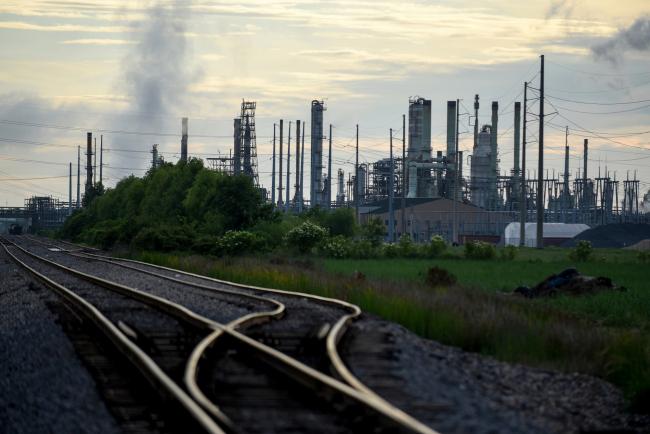(Bloomberg) -- Oil is set for the biggest weekly decline since May as global demand concerns outweighed an OPEC+ pact to extend supply curbs into 2020 and worries that a renewed confrontation with Iran may threaten supplies.
Futures are down in New York from Wednesday’s close as anxieties over demand resurfaced this week following sluggish economic numbers from the U.S. to China. The bleak figures overshadowed OPEC’s agreement to roll over supply curbs, while the seizure of a tanker carrying Iranian crude to Syria by British special forces on Thursday failed to spur prices.
Oil slumped 4.8% on Tuesday for its worst decline immediately after a meeting by the Organization of Petroleum Exporting Countries in four years. OPEC’s decision to prolong curbs leaves the door open for U.S. shale producers to grab more market share, as the group will have to cut deeper to achieve inventory targets, according to Goldman Sachs Group Inc (NYSE:GS). American crude output resumed gains last week after dropping since the start of June.
“When bullish signals fail to lift the oil markets spirits, we should be very concerned this downtrend could run much further than expected,” said Stephen Innes, managing partner at Vanguard Markets Pte. “The onslaught of global economic misery continues to blot out any bullish relief.”
West Texas Intermediate oil for August delivery dropped 61 cents to $56.73 a barrel on the New York Mercantile Exchange as of 9:10 a.m. Singapore time. There was no settlement Thursday due to a holiday in the U.S. and all transactions will be booked Friday. Prices are down 3% this week.
Brent for September settlement lost 4 cents to $63.26 a barrel on the ICE (NYSE:ICE) Futures Europe Exchange. Futures are down 4.9% this week. The global benchmark crude traded at a $6.46 premium to WTI for the same month.
